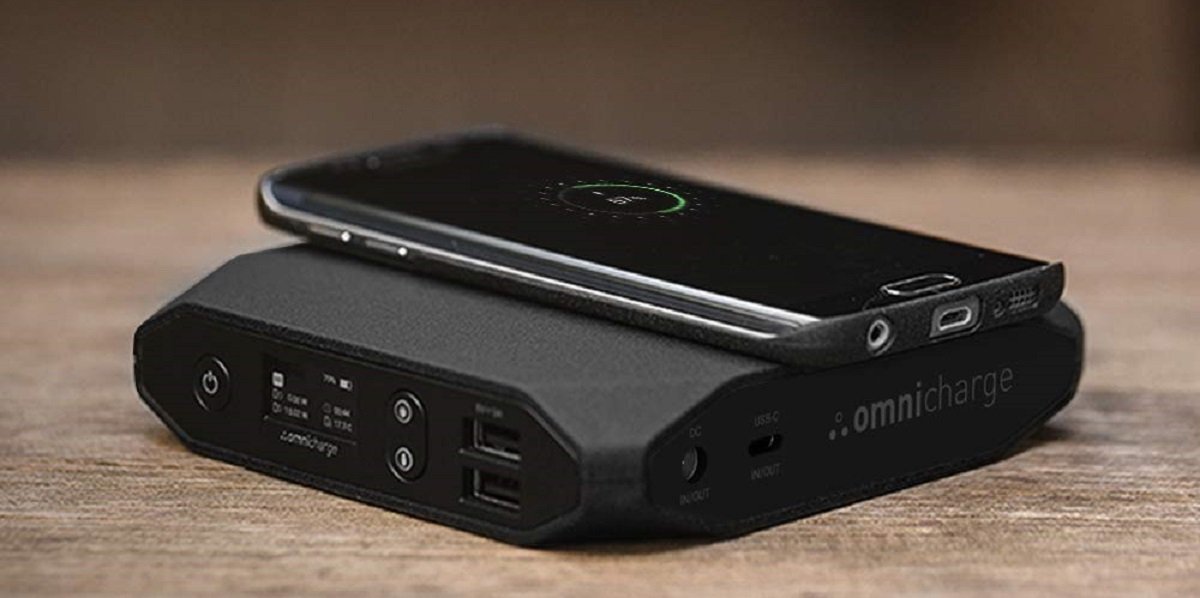
Fortinet, a global leader in broad, integrated and automated cybersecurity solutions, urged organizations in Malaysia to deploy broad, powerful, and automated solutions built around deeply integrated security tools as interconnectivity and performance are impacting the threat landscape in the new digital environments.
Owing to digital transformation and upcoming 5G technology adoption in APAC, networks, devices, and applications are expected to move seamlessly between platforms and environments. Highly interconnected systems, such as smart cars, smart cities, and edge networks will require security to span dozens, hundreds, or even thousands of systems simultaneously. New interactive applications and services are also proliferating, driven by massive amounts of processing power. As a result, cybersecurity not only needs to support and secure more throughput, it also has to deliver decisions in as close to real-time as possible.
APAC presents a unique setting for 5G-led digital transformation with many fast-growing digital economies building up digital infrastructure for speed and connectivity. Countries like China, South Korea and Japan are already forerunners in rolling out 5G.
Based on a recent Frost & Sullivan report, APAC is projected to reach 280 million 5G subscriptions by 2022 with 5G service revenues expected to hit US$4.5 billion. At the same time, a 2018 joint-study by Microsoft and Frost & Sullivan pointed that potential economic loss due to cybersecurity incidents across Asia Pacific could hit a staggering US$1.745 trillion, more than seven percent of the region’s total GDP of US$24.3 trillion.
“For security to be truly effective in a fast-moving threat landscape, a new generation of tools such as advanced behavioural analysis, intent-based segmentation, automation, machine learning, and artificial intelligence will need to be developed and incorporated into every CIO’s security strategy in Malaysia,” said Gavin Chow, Fortinet’s Network and Security Strategist.
To help address the challenges of the new digital world, Fortinet reveals four key strategies in deploying security:
- Networking and security will need to converge
The edges of the network are exploding with new devices, applications, and workflows while known environments such as clouds continue to be in constant flux, baffling the abilities of security teams to adequately deploy traditional security devices. Only by weaving security deep into the infrastructure itself can security be expected to be where it needs to be, when it needs to be there, and to automatically adapt as the network evolves.
- Security will need to be much, much faster
For a security component to keep up while processing live streaming content, it requires deploying physical and virtual processors that can secure and process data at digital speeds.
- Security will need to be interconnected
As data and workflows pass between devices, networks, and ecosystems, things like security policies, tags, and protocols will need to follow them across and between different networked environments, including operating natively across every major cloud platform and providing full support for new branch and 5G edges.
- Security will need to be smarter
Because new applications and services are becoming more interconnected and applications are less tolerant of latency issues, security cannot afford to wait for a decision on an event to make a round trip between the sensor and some security engine in the cloud. This requires solutions that can make local and autonomous decisions in real-time.
“Securing today’s networks requires automating the identification, detection and remediation of malicious tactics and even more challenging, the creation of new techniques for searching beyond patterns in code and malware behaviour. Artificial intelligence and machine learning, especially when combined with other advanced security solutions, will be tremendous aids in this process. But to be truly effective, the security solutions these strategies support also need to operate where the threats exist, adapt as the networks they are protecting change, interoperate between and across devices and networks, and operate at the digital speeds that tomorrow’s networking solutions will require,” concluded Chow.











